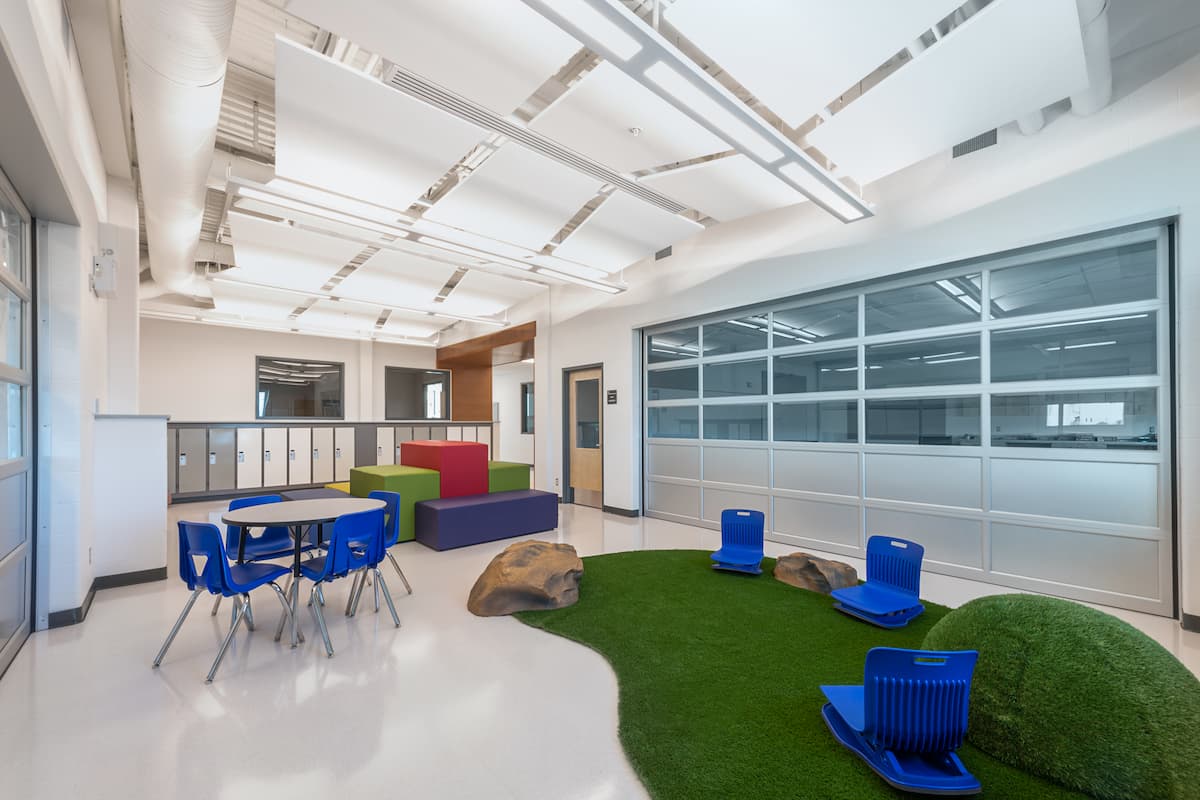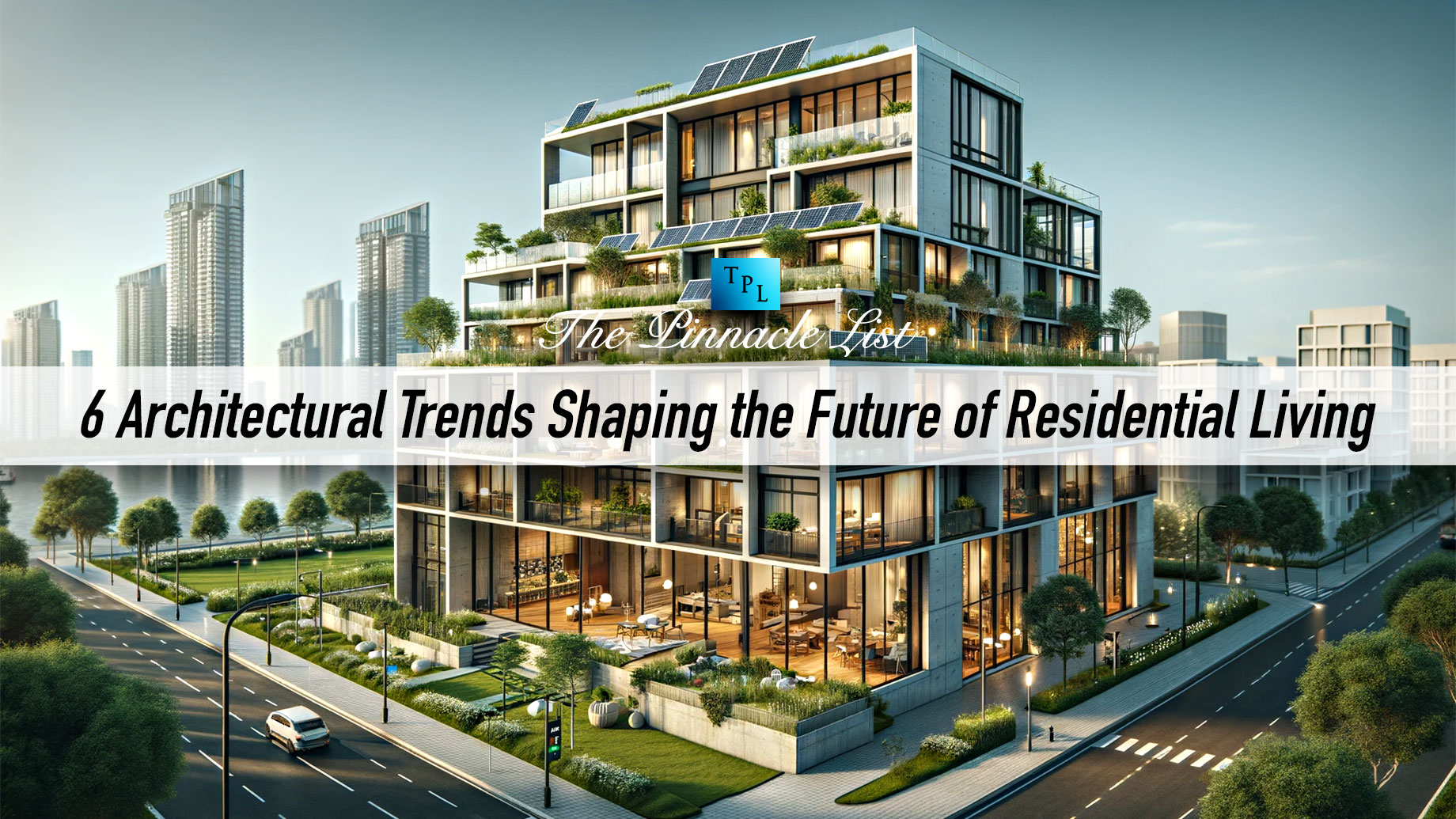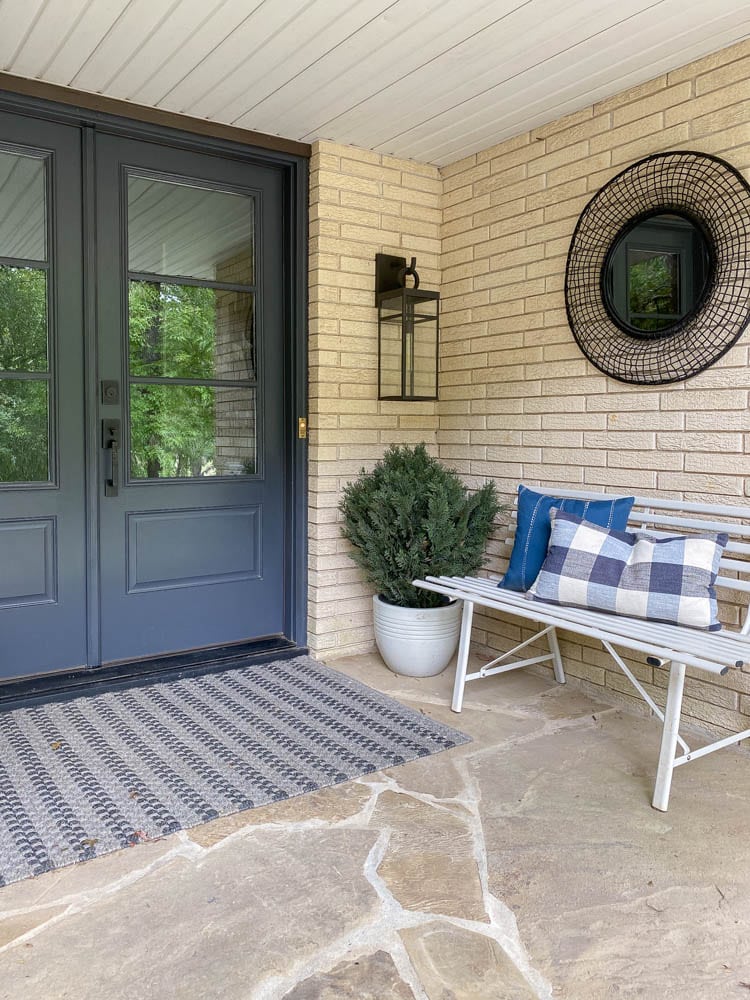7 Trends Shaping the Future of Home Decor

Home decor is an ever-evolving landscape, adapting to new technologies, materials, and lifestyle changes. This fluidity is what makes it both exciting and challenging to keep up with. In this blog post, we will explore seven key trends that are not only shaping current design preferences but are also poised to influence home decor in the years to come.
1. Sustainability First

As environmental consciousness grows, the trend towards sustainable living has made its way into home decor:
- Eco-friendly Materials: From furniture made of reclaimed wood to non-toxic paints, materials that lessen environmental impact are in high demand.
- Energy Efficiency: Incorporating lighting and appliances that reduce energy use, like LED bulbs and solar-powered gadgets, is becoming a staple in modern homes.
- Vintage and Upcycling: Giving old items a new life through upcycling is not just an aesthetic choice but a green one, reducing waste and conserving resources.
🌿 Note: Sustainable living is not just a trend; it’s a movement towards responsible consumption, impacting how we design and decorate our homes.
2. The Rise of Biophilic Design

Biophilic design taps into our innate connection with nature:
- Nature-Inspired Aesthetics: Integrating elements like living walls, large plants, and natural light not only enhances aesthetics but also promotes well-being.
- Natural Materials: Use of natural fibers, wood, stone, and bamboo to bring an organic feel into interiors.
- View to Nature: Maximizing windows or even creating outdoor spaces that blend seamlessly with the indoors.

3. Personalization Through Tech Integration

Technology is no longer just about functionality; it’s about personalization:
- Smart Homes: With smart lighting, climate control, and home automation, decor integrates seamlessly with tech for a personalized living experience.
- Art and Entertainment: Digital art, virtual reality, and interactive displays become integral elements of home design.
- 3D Printing: Allowing for personalized decor items tailored to individual tastes or specific dimensions of the home.
4. Minimalism Evolves

Minimalism has moved beyond just simplicity:
- Clutter-Free Spaces: The core tenet of minimalism remains, but the spaces are now designed to be functional and engaging.
- Quality Over Quantity: High-quality, durable pieces that last, minimizing waste and promoting sustainability.
- Warm Minimalism: Introducing color palettes that are warm and inviting, moving away from the stark white to softer tones.
5. Statement Ceilings

Designers are looking up to create statement spaces:
- Architectural Details: From ornate moldings to geometric patterns, ceilings are becoming an area of focus in room design.
- Color and Texture: Vibrant colors or textures like wood, metal, or fabric can completely transform a room’s ambiance.
- Mood Lighting: Embedding lights in unexpected ways to add depth and drama to spaces.
6. Cultural Fusion

The world is getting smaller, and home decor reflects this:
- Global Influences: Incorporating textiles, furniture, and design elements from various cultures, celebrating diversity.
- Ethical Sourcing: Ensuring that the products used respect cultural heritage and provide fair trade opportunities.
- Eclectic Aesthetics: Mixing styles to create a home that feels personal and unique, telling a story of the homeowner’s travels and experiences.
7. Health-Centric Design

Health and wellness are at the forefront of design trends:
- Ergonomic Furniture: Furniture designed to promote posture and comfort, reducing physical strain.
- Clean Air Initiatives: Incorporating features like air purifying plants, UV lights, or materials that filter pollutants.
- Holistic Spaces: Spaces for meditation, yoga, or even healing rooms designed with specific colors, lights, and patterns to promote mental and physical well-being.

The future of home decor is intertwined with how we choose to live. It’s about creating environments that are not only visually appealing but also enrich our lives in multiple dimensions. These trends highlight a shift towards living spaces that are more in tune with our personal values, health, and sustainability. As we move forward, the home will continue to evolve as a reflection of our changing needs and aspirations.
What is biophilic design?

+
Biophilic design is an approach that seeks to connect people with nature through the built environment. It incorporates natural light, plants, water features, and other organic materials and elements to enhance our connection to the natural world, promote well-being, and improve the aesthetics of living spaces.
How can smart home tech enhance personal decor?

+
Smart home technologies allow for personalized experiences through automation of lighting, temperature, security, entertainment, and more. This personalization can enhance decor by providing dynamic lighting effects, ambiance control, and integration of digital art, creating a home environment that adapts to the user’s mood and needs.
Why is sustainability important in home decor?

+
Sustainability in home decor reduces environmental impact, conserves resources, and supports ethical practices. It ensures that our homes are not only beautiful but also contribute positively to the planet’s health, reflecting a growing consciousness among consumers towards responsible consumption and living.



